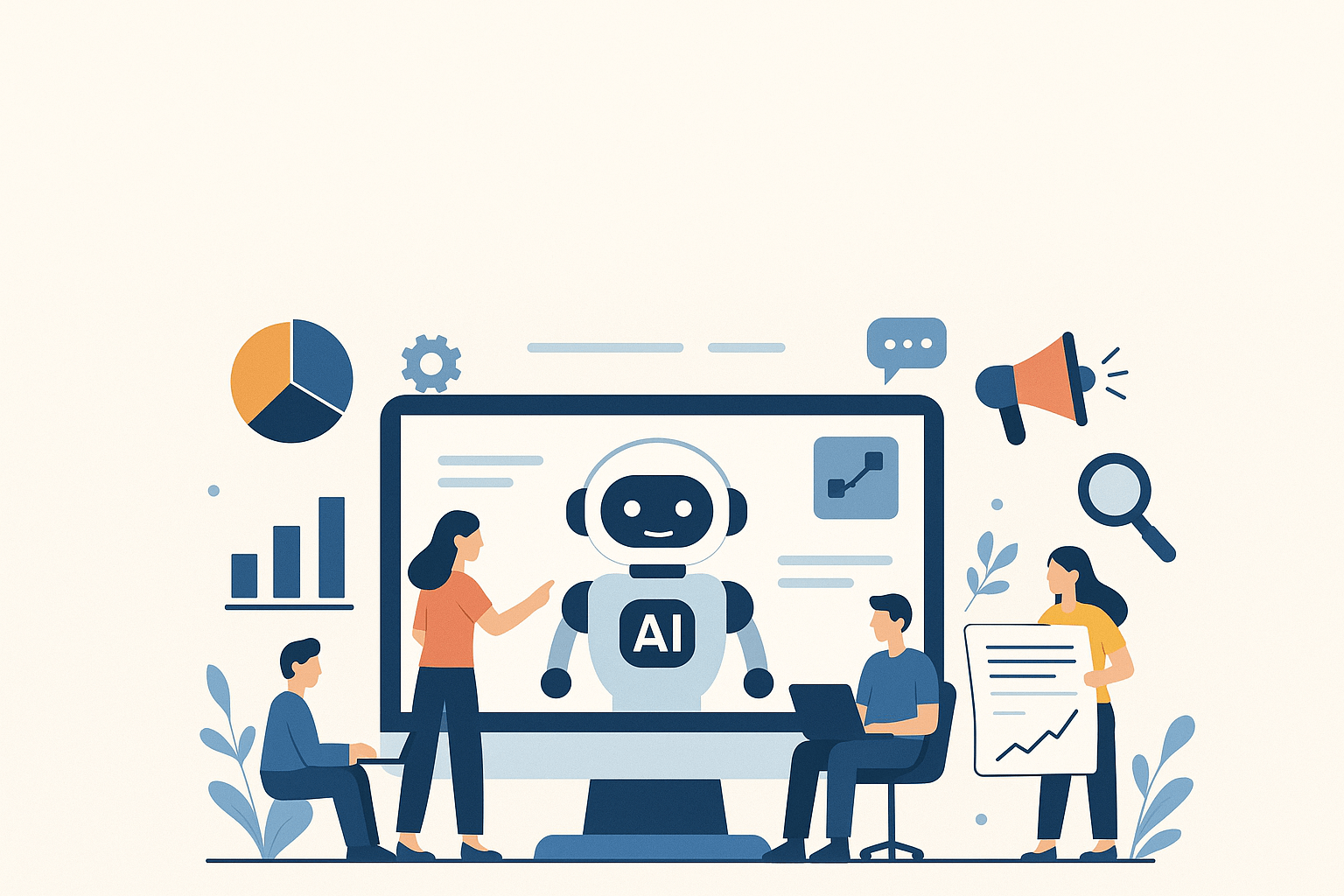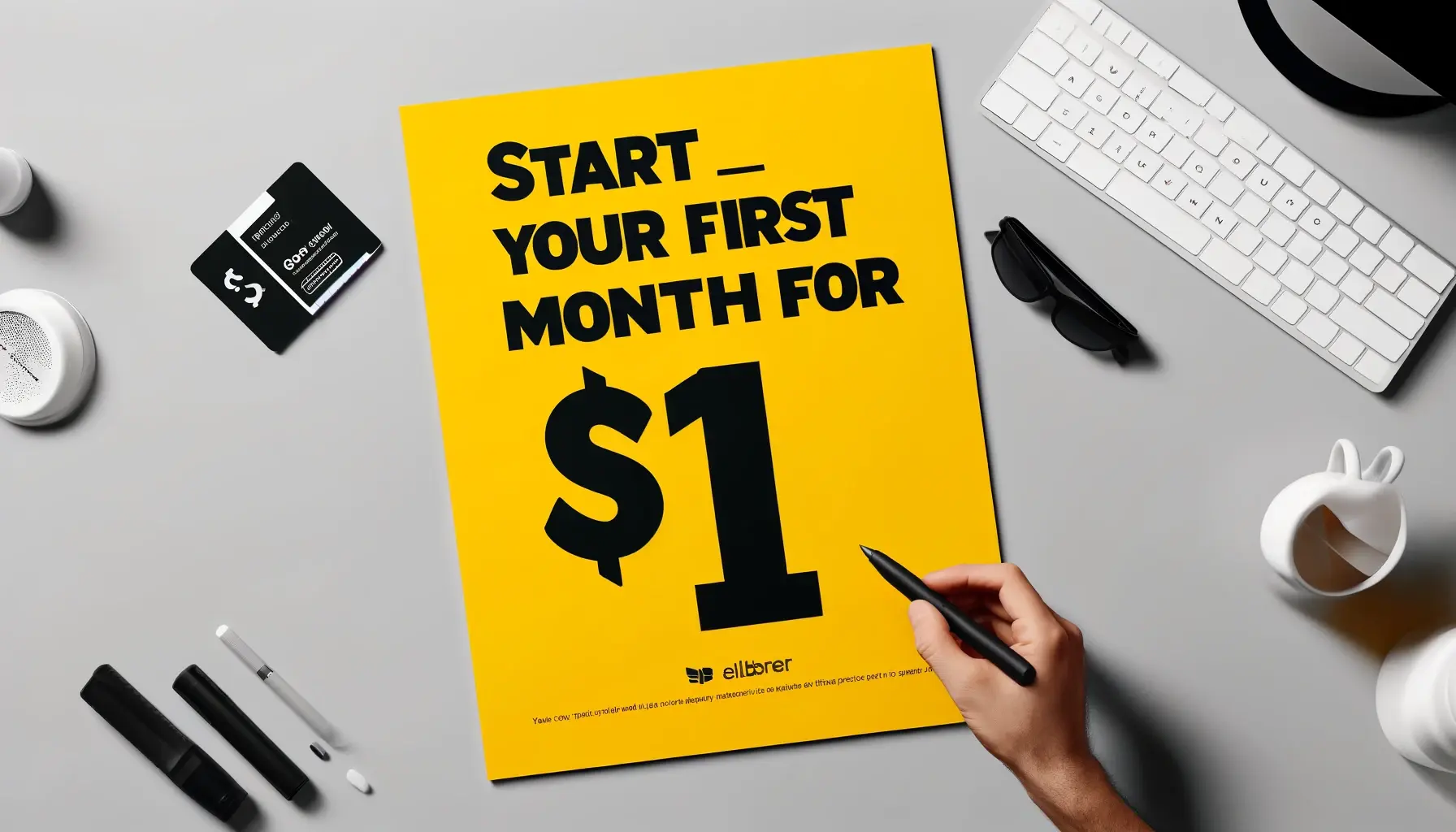
Boost marketing efficiency with AI content platforms. Centralize creation, scheduling, and analytics for consistent branding and streamlined workflows.
Marketing today is more complex than ever. From writing blog articles and creating visuals to posting across channels and tracking performance, small teams and solo entrepreneurs often find themselves buried under tasks. This complexity leads to inefficiencies, missed deadlines, and inconsistent messaging. Fortunately, modern AI-powered content platforms are helping streamline these processes by offering centralized solutions for content generation, scheduling, and performance tracking.
One such platform is Luppa AI, which combines writing, design, automation, and analytics into a single workspace. In this article, we’ll explore the common challenges businesses face in marketing execution—and how AI content tools can simplify and strengthen these efforts.
Key Takeaways
- AI platforms unify writing, visuals, scheduling, and performance analytics.
- Automation saves time and enables consistent brand messaging.
- Small teams can operate more efficiently without expanding resources.
The Problem: Fragmented Marketing Workflows
In many organizations, marketing tasks are scattered across multiple tools and systems. A blog post might be written in one platform, visuals designed in another, social media content scheduled elsewhere, and performance tracked using a separate analytics dashboard. This disjointed setup forces marketers to constantly switch contexts and duplicate work. As a result, even small tasks become time-consuming and prone to inconsistency.
Such fragmentation also makes it harder to maintain a unified brand voice across all content. With each stage of content creation and distribution handled in a different space, the risk of inconsistency in tone, visuals, or messaging increases—especially when multiple people are involved. For small businesses or startups with limited resources, this inefficiency can quickly become a bottleneck to growth.
AI Content Platforms: Unifying Marketing Functions
AI-powered content platforms are designed to solve the problem of fragmentation by consolidating key marketing functions into one place. These tools use artificial intelligence to generate original content, repurpose it for various formats, schedule it across channels, and track engagement—all from a single dashboard.
For example, a blog post written using an AI platform can be instantly transformed into shorter pieces for social media, email newsletters, or ad copy. This eliminates the need to rewrite the same message multiple times and ensures a consistent tone across all communication channels. Scheduling tools within these platforms allow content to be queued for publication across platforms like LinkedIn, Instagram, or Twitter, removing the need to jump between different scheduling apps.
Additionally, many of these tools provide built-in analytics, giving teams a clear view of how their content is performing. By analyzing engagement metrics in real time, marketers can adjust their strategies and content formats based on what resonates most with their audience.
Consistency Without Complexity
One of the biggest benefits of an AI-powered marketing workflow is that it enhances consistency while reducing complexity. These platforms often have features that learn a brand’s unique tone and communication style by analyzing existing content. Once trained, the AI generates new material that aligns closely with the brand’s voice, helping ensure consistency across all content types.
To further support brand alignment, many platforms offer templates or preset structures for different types of content, such as blog intros, social media captions, or ad copy. These templates allow teams to work more efficiently while reducing the chances of off-brand messaging. When collaboration is needed, shared workspaces enable team members to create, review, and approve content within the same system, avoiding version control issues and long email threads.
Working Smarter with Limited Resources
For businesses with lean teams or solo founders managing their own marketing, time and energy are often in short supply. AI tools fill the gap by performing repetitive and time-intensive tasks automatically. Instead of spending hours generating and formatting content for each platform, marketers can focus on strategy, creative direction, and audience engagement.
These platforms are particularly valuable for those handling multiple roles—such as freelancers, content creators, or startup marketers—because they allow one person to execute work that would typically require a team. For example, the same individual can use an AI tool to draft a week’s worth of blog posts, convert them into social media graphics, schedule them for publication, and track their performance—all in one afternoon.
This efficiency doesn’t just save time—it also improves quality. When marketers aren’t overwhelmed by manual work, they can dedicate more attention to refining messages, analyzing results, and experimenting with new formats or ideas.
Conclusion
As marketing grows more fast-paced and content-heavy, the need for streamlined systems becomes urgent. AI-powered platforms are helping marketers work smarter by centralizing content creation, repurposing, scheduling, and analytics. By simplifying workflows, reducing the number of tools required, and enabling consistent messaging, these platforms make it easier for businesses to maintain a strong online presence—without stretching their time or budget.
Whether you’re a solo creator or part of a growing team, embracing AI for content marketing can transform your day-to-day operations and free up valuable resources to focus on strategy, growth, and connection with your audience.
Was this news helpful?







 Yes, great stuff!
Yes, great stuff! I’m not sure
I’m not sure No, doesn’t relate
No, doesn’t relate



